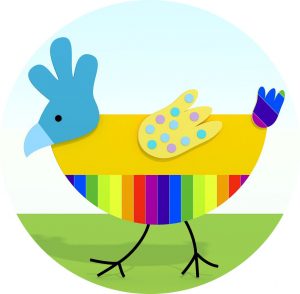Firstly, taskboards can range from a simple low-tech whiteboard with a large supply of post-it notes and felt-tips, to high-tech electronic touchscreens and software-based Kanban. Whichever Taskboard method is chosen, the emphasis should be on the work rather than the presentation of the taskboard.
Where team members are spread across multiple offices, a software-based Kanban that then can be viewed in real-time by all team members provides the required task visibility. Taskboards can be used by individuals and also entire teams to manage their workload or on full-scale Projects. There are 6 key steps for implementing taskboards:
- Visualise workflow
- Limit work in progress
- Manage the flow of work
- Make the process explicit
- Improve Feedback Loops
- Improve collaboratively

Advantages of Kanban
Visualising workflow is a central feature of Scrum, and Kanban delivers this visibility. Kanban can be used effectively to limit work in progress, while also focusing the development team on the highest value requirement. Where limiting work in progress can then be achieved by limiting the number of tasks in each of the columns on the taskboard. It can also assist with managing workflow where lead and cycle times can easily be extracted. Additional advantages also include:
- Low-risk fast start
- Identifying workflow and errors
- Controlling unconnected work
- Producing an Agile thought process
- Identify status – ideas/to do/in progress/done
Taskboards for Agile Projects
Firstly, the taskboard provides clear visibility of items within the current Sprint that the development team are currently working on or have completed. There may also be items in the ‘To do’ list on the taskboard. The typical taskboard will have four columns, ‘To Do’, ‘In Progress’, ‘Accept’ and finally ‘Done’. Adding additional columns may also assist with clarity of the workflow. The ‘To Do’ column includes all of the user stories and also the tasks that are required for completion of the Sprint and have not yet been started. The ‘In Progress’ column shows all of the user stories and also the tasks that the development team is currently working on. Then the ‘Accept’ column includes all of the completed user stories that are waiting for acceptance from the product owner. Finally, the ‘Done’ column includes all of the accepted user stories.
Our Favourite Agile Books




